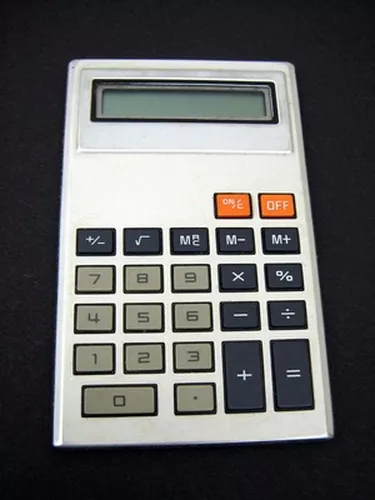
Some pensions allow the owner to either take a large lump sum at the beginning of the retirement or receive equal annual payments. Using present value of an annuity table, it is possible to calculate how much the lump sum of the annual payments would be currently. The present value of an annuity table is a table which shows calculations of the present value of an annuity factor. Due to the complexity of the calculation, people use the table.
Step 1
Determine the term of the annuity and the interest rate on the annuity. For example, a person has an annuity that pays $10,000 a year for 20 years. The annuity will receive 5 percent interest per year.
Video of the Day
Step 2
Look up the term and interest rate on the present value of an annuity table (see Resources). In the example, a term of 20 years and interest rate of 5 percent is 12.4622. This is the present value factor.
Step 3
Multiply the present value factor by the annual payment. In the example, 12.4622 times $10,000 equals $124,622. Therefore, if the person took the lump sum, he should receive $124,622.
Video of the Day